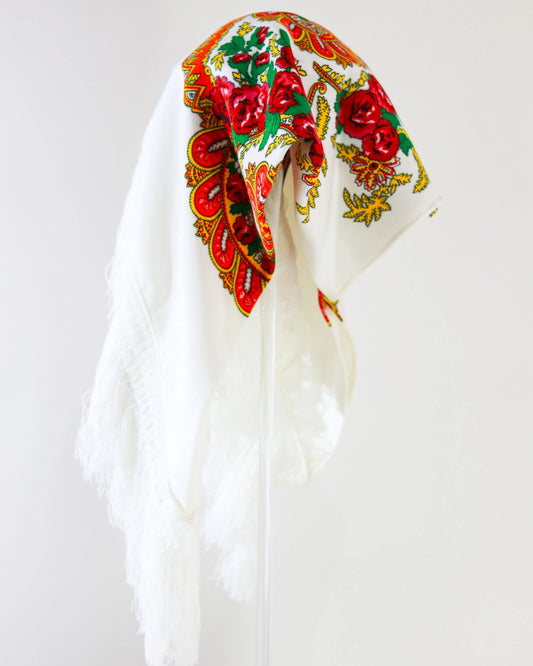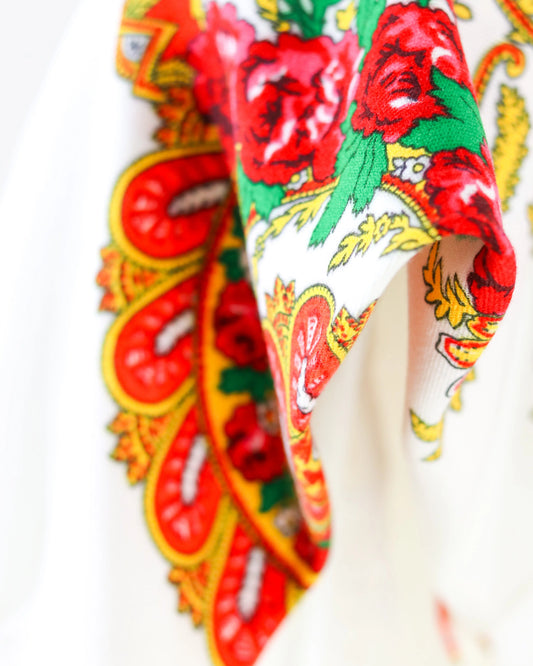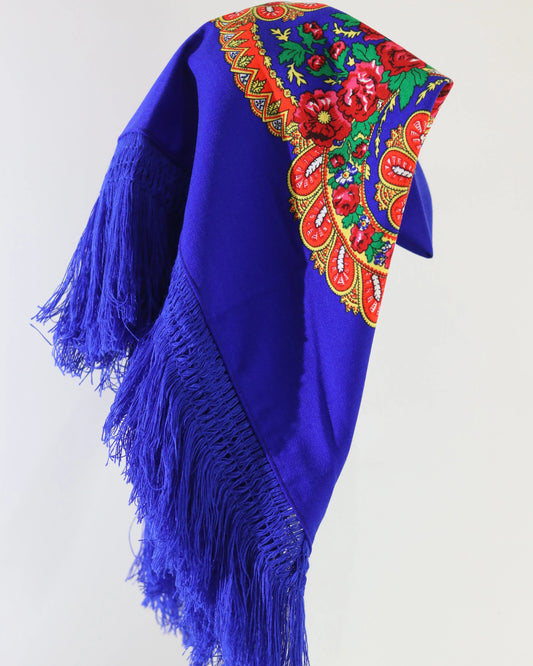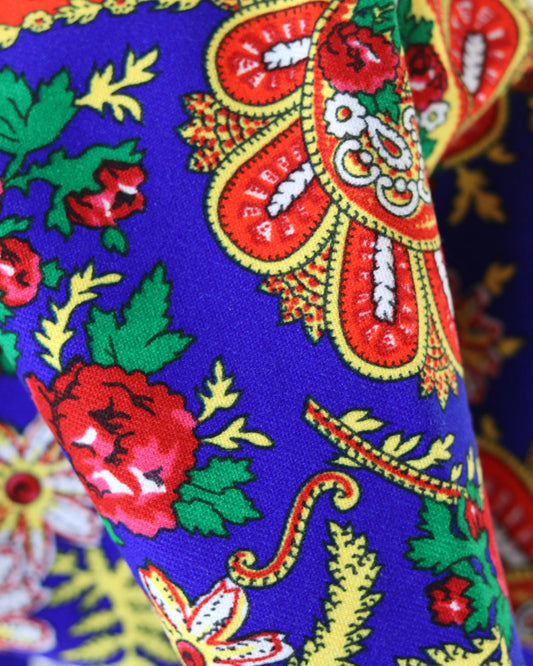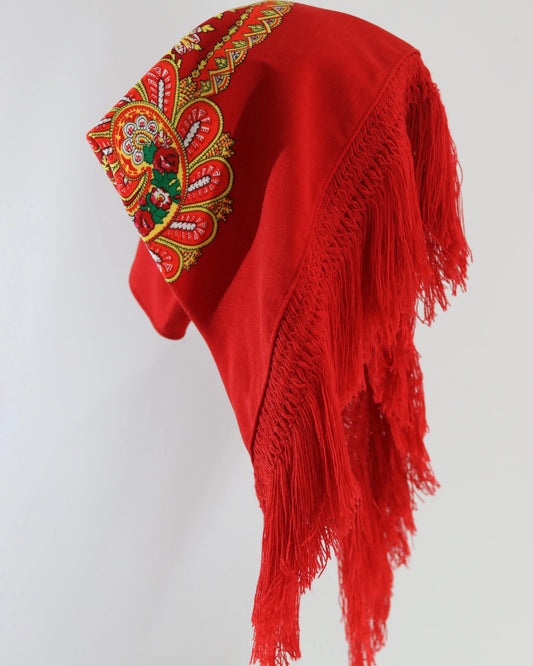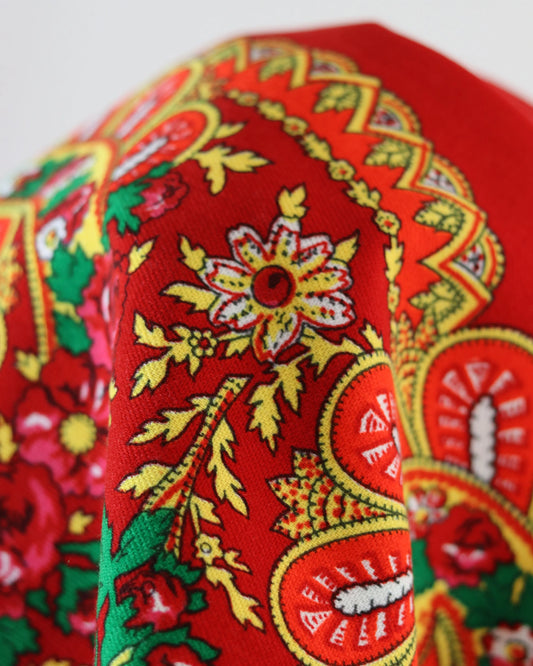Traditions that remain in the festivals of agony: a journey through history
Some festivals pass, and some remain. In Viana do Castelo, Senhora d'Agonia isn't just a date on the calendar; it's a pulse felt in the streets, in the river, and in the people. Every year in August, the city reaffirms a pact with the past and confirms that certain forms of celebration have the stability of a tide that never returns.
The beauty lies in seeing how everything is renewed without breaking the line of tradition. The sacred meets the profane, devotion blends with joy, and the Minho identity is displayed with pride, detail, and rigor. Nothing here is done by chance, and this is evident in every gesture.
Devotion and sea, two sides of the same faith
At the heart of the festivities is devotion to Our Lady of Agony, protector of fishermen and those who make their living from the sea. The church fills, promises are kept, and the ancient gesture of offering a candle or a prayer is repeated. Time does not erase this bond.
The Procession to the Sea remains one of the most intense moments. The decorated boats advance along Lima, flags blowing, quilts waving on balconies, and the blessing is felt in silence and in horns, in sirens that cut through the afternoon. Those on the shore notice that the entire city slows down to look at the boats, to recognize those working on the water.
In the procession through the city, the floats pass between flower-filled streets and houses decorated as they have been for decades. Families save quilts just for this occasion, neighbors hold their windows open, waiting for the procession to pass by. There's a shared respect that transforms the street into an altar.
At dawn, mortar fire wakes the city. The dawn is no whim; it's a sign that Viana has returned to her festive attire.
Salt and flower carpets, the art that lives a day
If there's one image that stays with you, it's that of the salt and flower carpets. They're drawings and devotion, hours of work, only to exist for a short time. And it's in that short time that their power lies.
In neighborhoods, neighbors gather at dawn to throw colored salt, petals, leaves, and sawdust. The methods vary, but the care remains. The technique is passed down from hand to hand, and you see many young people alongside those who have never failed in their lives.
Each year, new palettes and motifs are experimented with, and on some streets, environmental concerns are already part of the process, with a preference for natural materials and responsible flower harvesting. The results are always surprising, even though the ritual is well-known.
The moment the procession delicately steps on these carpets closes a cycle that is almost musical, a cadence that only exists at a large celebration.
The luxury and gold of Viana, elegance with memory
The Mordomia Parade is a display of aesthetics, identity, and discipline. Carefully crafted Viana-style costumes, well-placed scarves, lace aprons, skirts that swirl even when you walk slowly. And gold, of course, with the heart of Viana shining in the center.
Each piece of gold has a story, passed down from generation to generation, and is the symbol of promises, weddings, and celebrations. Local jewelry stores maintain filigree techniques that are both a craft and an art, and the stewardship is both a showcase and a tribute to this knowledge.
It's common to see entire families participating—mothers and daughters, grandmothers and granddaughters. It's not just vanity, it's belonging. And each costumer knows the origin of their attire, identifies their parish, and recognizes details that a cursory glance might miss.
Those who watch will realize that the idea of tradition here isn't rigid. There are restorations, adaptations, and clever ways to preserve the work without losing authenticity.
Parades and raids, when the street is the stage
During the festivals, the city is taken over by historical and ethnographic processions that recount the territory, the professions, the countryside, the sea, and the mountains. Heritage lives not only in the museum; it lives in the open air in carts, implements, baskets, and work clothes.
The rusgas (musicians) enter and leave the squares with the Vira de Viana and other dances. The energy is contagious. Musicians and singers draw the audience in, and it's almost impossible not to tap your foot to the beat. It's proof that the tradition lives on, not a cold reenactment.
Zés Pereiras, giants, and big-headed people complete the picture. The beat of the bass drums carries around every corner, the giants scare the little ones and delight everyone, the big-headed people make the city laugh at itself.
Even with online broadcasts and video recordings, what remains is the in-person experience. The sound that vibrates in your chest, the smell of flowers and gunpowder, the joy that multiplies at every turn.
Crafts and know-how, stalls that speak of the land
Craft fairs and exhibitions continue to attract those who appreciate pieces with a history. Meticulous embroidery, filigree, wicker baskets, clogs, china, and linens demand patient hands. At a nearby stall, an artisan demonstrates how to twist silver into filigree, while in another corner someone explains the differences between embroidery stitches.
Many trades have faced difficult years, but the festival serves as a showcase and an impetus. New generations are experimenting with combinations, creating objects that fit into modern homes without losing their Minho roots. It's not folklore for folklore's sake; it's usefulness and beauty.
And there's another tradition that endures: conversation. Buying there isn't just a transaction; it's about hearing production stories, learning about materials, and realizing that an object has a lifetime within it.
Flavors that always come back to the table
There's no party without food, and in Viana, the stalls and taverns maintain a never-ending lineup. Grilled sardines with cornbread, steaming caldo verde, Minho-style rojões (roast pork belly), fritters, sarrabulho porridge when the weather calls for it, party-style rabanadas (rabanadas), and cinnamon-sugar farturas (abundance of rice).
The pale green wine lifts the glasses, the color of the day reflected in the gourds. The delicacies pass by to the rhythm of the Minho festival, with benches and conversations that linger. Even with new offerings appearing, the classics hold their ground.
The cuisine here isn't just a frill. It fuels the resilience of those who spend hours on the streets, provides comfort, and creates memories. Some families visit the same tavern year after year; it's almost a ritual.
River fire, light and music
The night arrives, and Lima transforms. Boats in silhouette, reflections in the water, and a fireworks display that the city has learned to call by name. The Rio Fire continues to be a moment of communion, eyes raised in unison, a chorus of ohs that aligns strangers.
Festive lighting adorns the streets, intricately decorated, and marching bands occupy bandstands with repertoires that range from traditional to popular. Tocatas, bass drums, and concerts in squares—all help the city never lose its rhythm.
Anyone who knows the party knows it's worth staying late. The music never tires, the light transforms the facades, and the warmth of the people makes up for any breeze from the river.
Traditions in detail, what remains and what adapts
The strength of this pilgrimage lies in its ability to maintain the essentials while embracing new things with common sense. Not everything is the same as it was, but the core remains firm.
| Tradition | Historical roots | As it happens today | What has changed over time | Signs that never fail |
|---|---|---|---|---|
| Procession to the Sea | Devotion of the fishermen of Minho | Blessing of vessels in Lima, decorated boats | Improved security and logistics | Sirens, flowers in the water, lit candles |
| Solemn procession in the city | Eighteenth-century religious festival | Andores, quilts on the balconies, promises | Itineraries adapted to the modern city | Respectful silence in passing |
| Salt and flower carpets | Street devotional practice | Ephemeral drawings made by the community | Greater use of sustainable materials | Early morning work, intense colors |
| Stewardship Parade | Affirmation of the suit and gold | Viana costumes, filigree, entire families | Restoration and enhancement of antique pieces | Viana's heart in the chest |
| Ethnographic procession | Exhibition of work and culture | Trailers, implements, professions represented | More pedagogical narratives | Applause on street corners, photos shared |
| Rusgas and folklore | Community dancing and singing | Groups walk through streets and squares | Integration of young people and schools | Vira de Viana, rhythmic tap dancing |
| Zés Pereiras, giants | Popular street entertainment | Bass drums, giant and big-headed dolls | Renewed costumes, more lightness | Beat you feel in your chest |
| Craft fair | Traditional local commerce | Live craft stalls and contemporary pieces | Digital payments and communication | Long conversations, smells of wood |
| Festivals and gastronomy | Eat together, share | Sardines, caldo verde, rojões, vinho verde | New offerings, allergy concerns | Smoke from the grill, glasses raised |
| Rio Fire and Lighting | Night party on the river and in the city | Fireworks, lights, live music | Pyromusicals with synchronized sound | Reflections in Lima, shine on the facades |
This combination of fidelity and adaptation is key. Where you need to update, you update. Where the past requires care, you take care of it. And in everything, there is an ethic of respect, before the saint, the city, and those who visit.
Passing the baton, who holds the keys?
The festivals happen because many people work without the spotlight: committees, brotherhoods, associations, parishes, city halls, schools, ranches, artisans, merchants, and volunteers. Coordination is challenging, and pride outweighs fatigue.
There are training for stewards, costume workshops, embroidery and jewelry workshops where students learn to repair and use them. There are educational programs that bring the subject into the classroom. All of this ensures that the tradition doesn't depend on a handful of people, but on a community.
We also see attention to accessibility, mobility, and sustainability. More water points, attention to waste, clear information, maps that help you navigate without damaging the existing facilities. It's a vision that's attentive to the present while respecting the past.
And there's the digital dimension, useful for programming, sharing, and showing to those far away. Social media can increase audiences, but it can't replace the street. The party is experienced live.
Practical advice to feel the tradition from within
- Arrive early in the carpet area, preferably at dawn, to see the construction that almost no one sees.
- Respect the procession routes, do not cut corners, do not step on carpets before the time
- Save a late afternoon for the Procession to the Sea, with time to find a good spot on the shore.
- Watch the Stewardship Parade on a street with space, ideally near curves, where the costumes show off best.
- Bring comfortable shoes, water and a light jacket for the night by the river.
- Eating at local associations' taverns helps the festival and maintains the same old flavors.
- Turn off your cell phone at the time of the blessing, let the moment breathe
- If you take children, look for areas with giants and big heads, it's a memory that will last a lifetime.
- Talk to artisans, ask questions, learn, buy with intention
- After the Rio Fire, spend another ten minutes watching the city return to its usual brightness.
What sustains authenticity
Authenticity isn't a slogan; it's a set of practices. Viana has been exemplary in maintaining the quality of the costumes, the coherence of the processions, and the seriousness of the religious ceremony, without giving in to simplifications that deprive the meaning of what has been practiced for centuries.
This care is evident in the details: the way the quilts are laid out, the attention to the lettering on the banners, the precision of the dance steps, the well-rehearsed music of the philharmonic orchestras, the curated lighting. The city doesn't decorate for the sake of it; it prepares with intention.
At the same time, it welcomes those from outside with hospitality. It's a tradition that's shared, not kept hidden.
Questions that tradition answers, year after year
- Does the sacred still mobilize? Yes, the packed church and the silence as the float passes by say more than any statistic.
- Does popular culture stand the test of time? It stands the test of time when the community practices and teaches it, not when it turns it into a sterile product.
- What keeps people on the streets for so many hours? The sense of belonging, the beauty of the spectacle, the reconnection with their own city.
- Is there room for innovation? Yes, when it serves tradition and not the other way around.
A portrait that renews itself
Anyone who returns after a year realizes that everything is different and yet everything is the same. Faces change, children have grown, new stewards have taken over, a craftsman has learned a new technique, a ranch has gained two more musicians. And yet the foundation remains firm.
The city is both a stage and a backstage. What's on display and what's being prepared. What happens in the historic center and what's coordinated from neighborhoods where the festivities are a family affair and a street affair. That's why, in the end, the feeling is of a collective effort.
There are places where tradition is observed out of obligation. In Viana, it's observed with joy. And this blend of rigor and celebration is rare.
In the final moments of the Rio Fire, when the last flame dies down and the smoke casts shadows over the bridge, a bass drum, laughter, and the patient tidying up of a craft stall can still be heard in the distance. It's the discreet sound of a city that knows how to take care of its own and that, the next day, begins to prepare again for the next time.

